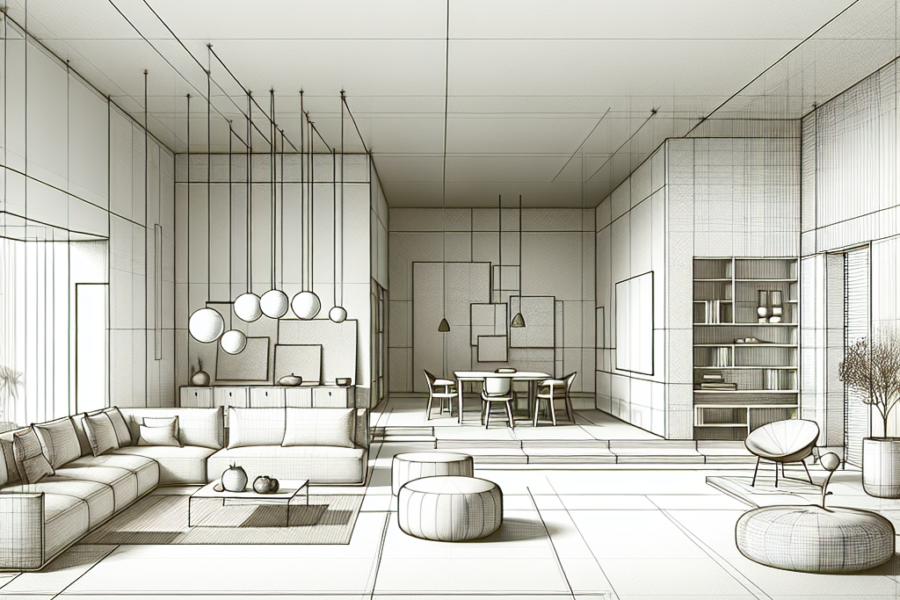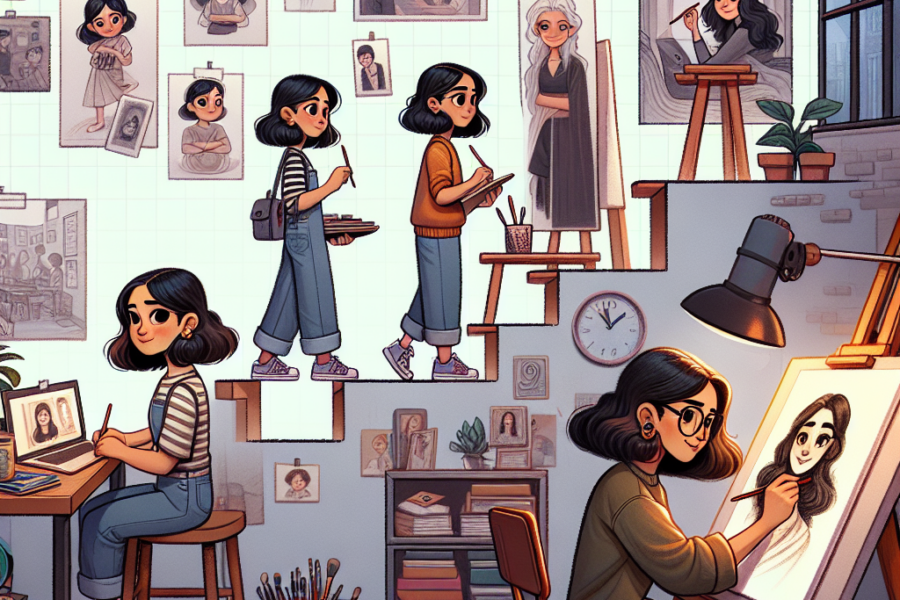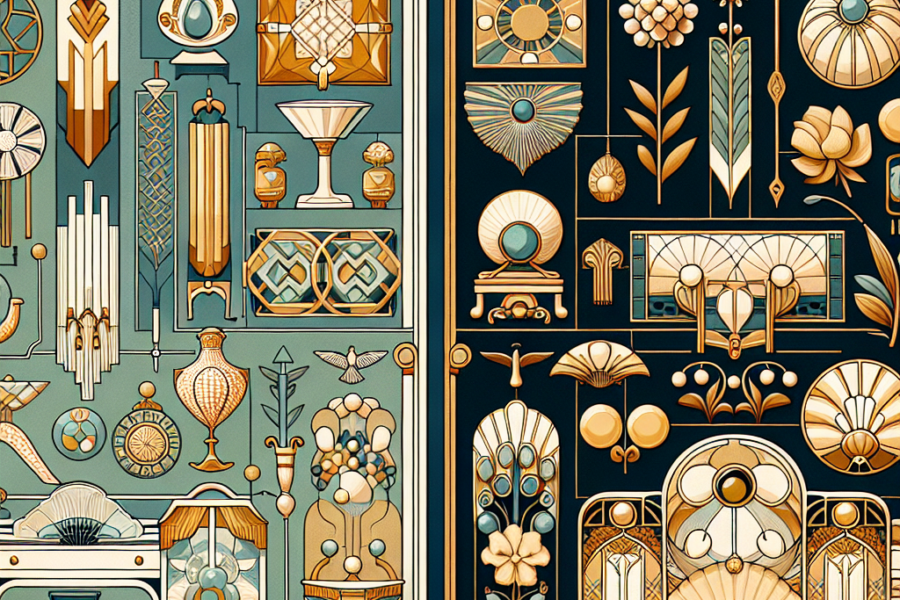In the rapidly evolving landscape of the art world, technology has played a crucial role in shaping modern art practices. From digital art forms to innovative tools and platforms for creating and exhibiting art, technology has revolutionized the way artists create, share, and interact with their work. In this article, we will explore the ways in which technology is impacting the art world and how artists are leveraging it to push the boundaries of traditional art practices.
The Rise of Digital Art
One of the most significant ways in which technology has revolutionized the art world is through the rise of digital art. Digital art encompasses a wide range of mediums, including computer-generated imagery (CGI), virtual reality (VR), and augmented reality (AR). Artists are increasingly turning to digital tools and software to create immersive and interactive works that challenge traditional notions of art.
Digital art allows artists to explore new techniques and experiment with different styles and mediums. For example, CGI artists can create hyper-realistic animations and visual effects that would be impossible to achieve with traditional methods. VR and AR artists can create immersive environments that invite viewers to interact with the art in unique ways, blurring the lines between the physical and virtual worlds.
Digital art has also opened up new possibilities for collaboration and community-building. Online platforms like DeviantArt, ArtStation, and Behance allow artists to showcase their work to a global audience and connect with other creatives. Social media platforms like Instagram and Tumblr have become popular venues for sharing and discovering digital art, allowing artists to reach a broader audience than ever before.
Tools and Software
Advances in technology have also led to the development of innovative tools and software that make it easier for artists to create and manipulate digital art. Digital painting programs like Adobe Photoshop and Procreate offer a wide range of brushes, textures, and effects that mimic traditional painting techniques. 3D modeling software like Blender and Autodesk Maya allow artists to create complex 3D models and animations with ease.
Emerging technologies like artificial intelligence (AI) and machine learning are also playing a role in shaping modern art practices. AI-powered tools like DeepDream and Artbreeder allow artists to generate unique and unexpected images by training neural networks on large datasets of existing artworks. These tools can be used to create new and innovative art pieces that blend human creativity with machine intelligence.
Virtual Galleries and Exhibitions
The advent of technology has also revolutionized the way art is exhibited and experienced. Virtual galleries and exhibitions have become increasingly popular, allowing artists to showcase their work to a global audience without the limitations of physical space. Platforms like Artsteps, Sketchfab, and Kunstmatrix allow artists to create and customize virtual exhibitions that can be accessed from anywhere in the world.
Virtual reality technology has taken this a step further, enabling viewers to immerse themselves in digital artworks as if they were physically present. VR headsets like Oculus Rift and HTC Vive allow users to explore virtual galleries and interact with digital art in a way that is not possible in a traditional gallery setting. Artists can create interactive experiences that respond to viewer movements and actions, creating a truly immersive and engaging art experience.
Virtual reality technology has also been used to preserve and document cultural heritage sites and artworks. Organizations like Google Arts & Culture and the Smithsonian have partnered with artists and museums to create virtual tours and exhibitions that allow viewers to explore famous works of art and historical landmarks from the comfort of their own homes. This technology has the potential to democratize access to art and culture, making it more accessible to a global audience.
NFTs and Blockchain Technology
Another recent development that is revolutionizing the art world is the rise of non-fungible tokens (NFTs) and blockchain technology. NFTs are unique digital tokens that represent ownership of a specific artwork or digital asset. Artists can create NFTs of their work and sell them on online marketplaces like OpenSea and Rarible, allowing collectors to buy and trade digital art in a secure and transparent way.
Blockchain technology, which underpins NFTs, ensures the authenticity and provenance of digital artworks, making it easier for artists to protect their intellectual property rights and prevent unauthorized copies of their work. NFTs have also opened up new revenue streams for artists, allowing them to monetize their digital art in ways that were not possible before.
NFTs have sparked a debate within the art world about the value of digital art and the implications of blockchain technology for the future of the art market. Critics argue that NFTs have led to a speculative bubble in digital art, with some artworks selling for millions of dollars based on hype and speculation rather than artistic merit. Proponents, on the other hand, see NFTs as a way to empower artists and creators to sell their work directly to collectors, bypassing traditional gatekeepers and institutions.
Conclusion
Technology is revolutionizing the art world in unprecedented ways, from the rise of digital art forms to the development of innovative tools and platforms for creating and exhibiting art. Artists are embracing new technologies and pushing the boundaries of traditional art practices, creating immersive and interactive experiences that challenge the way we think about art.
As technology continues to evolve, it will be fascinating to see how artists leverage new tools and techniques to create groundbreaking works of art that push the boundaries of creativity and innovation. The intersection of art and technology holds endless possibilities for the future of the art world, and it is an exciting time to be a part of this rapidly changing landscape. Whether through digital art, virtual galleries, blockchain technology, or AI-powered tools, technology is shaping the future of art in ways we could never have imagined.







Leave a Comment